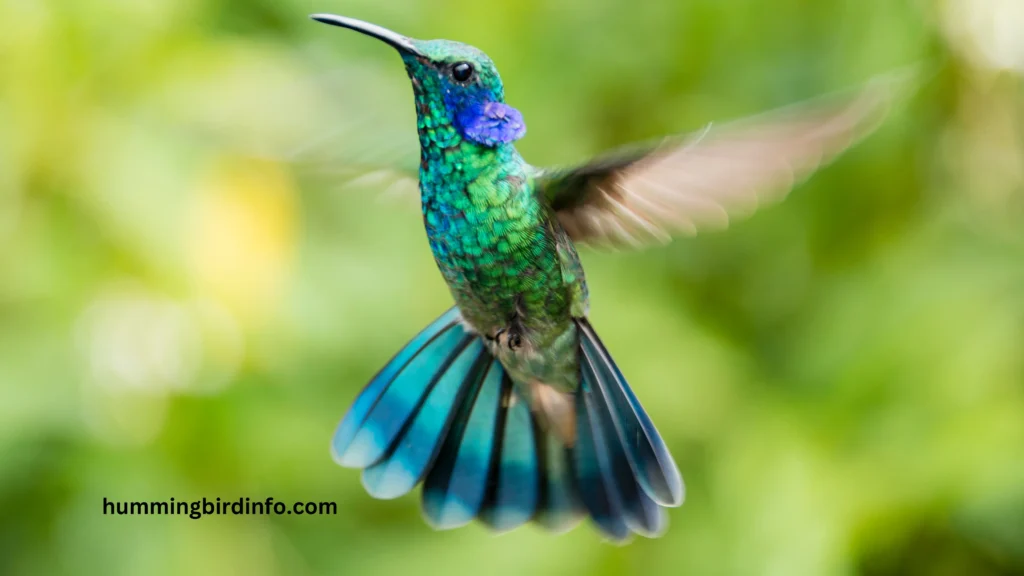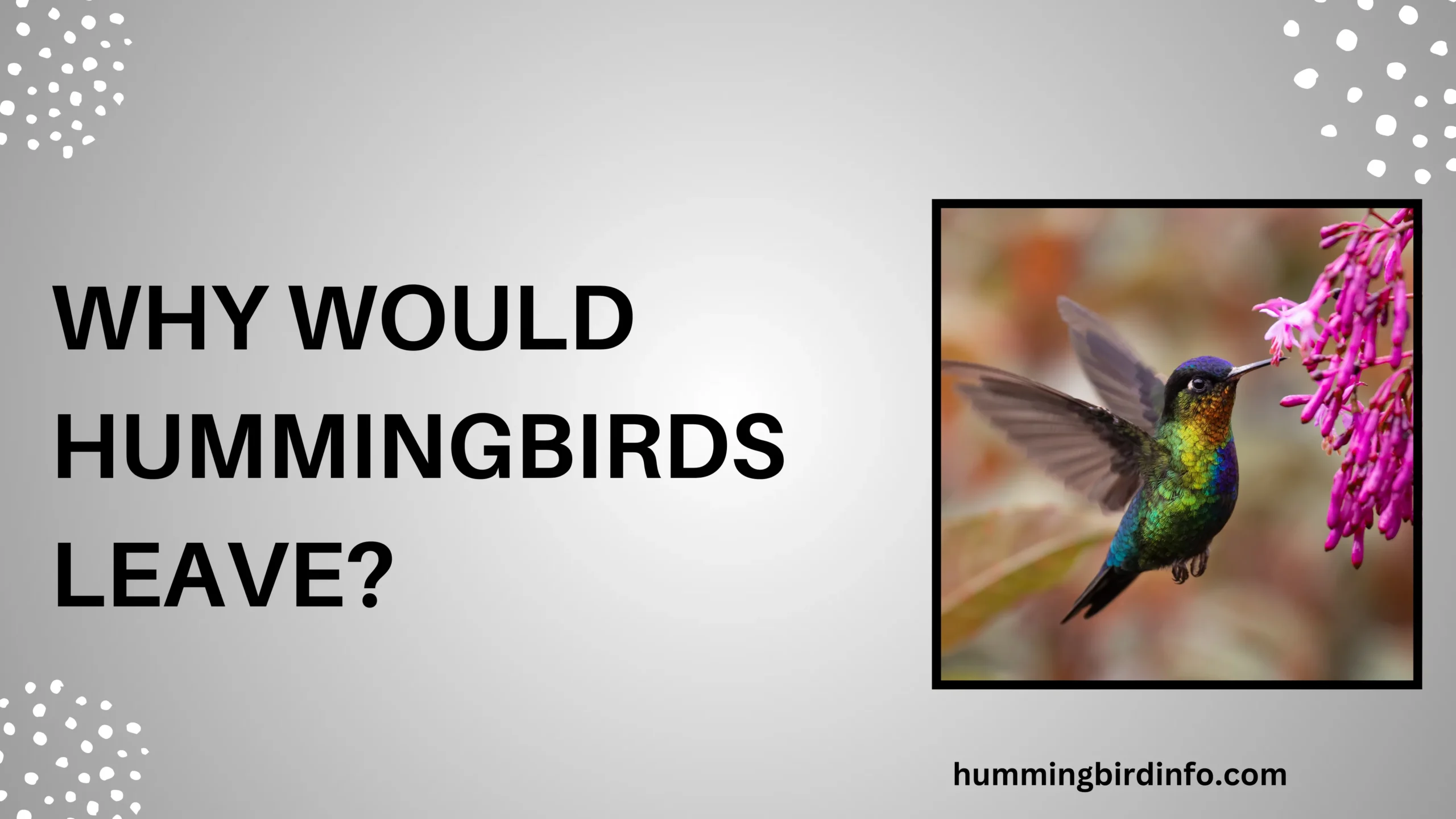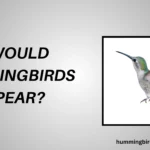A hummingbird darting away from your garden, once vibrant with their activity, can leave you feeling a surprising emptiness.
These tiny, brilliant birds become part of the landscape, bringing life and color with every flutter of their wings. When they suddenly disappear, it’s natural to wonder: where have they gone, and why?
Watching hummingbirds hover and feed is one of nature’s purest joys. Their tireless energy, delicate size, and vivid feathers make them irresistible to bird lovers and casual observers alike. From feeders to flower gardens, these creatures inspire awe and a sense of connection to the wild world.
But hummingbirds don’t leave randomly. Their departures follow a fascinating logic tied to survival, seasons, and the challenges of an ever-changing world. In this post, we’ll explore the real reasons why hummingbirds leave, helping you better understand their incredible journeys—and how you can support them wherever they go.
Contents
- 1 1. Seasonal Migration: The Primary Driver of Departure
- 2 2. Local Resource Depletion
- 3 3. Habitat Changes and Degradation
- 4 4. Perceived Threats and Disturbance
- 5 5. Life Cycle Stages and Dispersal
- 6 Conclusion
- 7 FAQs
- 7.1 Q1. Do hummingbirds leave because the feeder is empty?
- 7.2 Q2. When do hummingbirds usually migrate?
- 7.3 Q3. Will hummingbirds come back to the same place next year?
- 7.4 Q4. Can I keep hummingbirds from leaving by keeping my feeder up?
- 7.5 Q5. Why do some hummingbirds leave earlier than others?
- 7.6 Q6. How can I attract migrating hummingbirds?
1. Seasonal Migration: The Primary Driver of Departure
Many hummingbird species are master migrators, traveling thousands of miles each year to survive. As seasons shift, so do the resources they depend on—flowers fade, insects dwindle, and temperatures drop. Migration isn’t a choice for them; it’s a necessary survival strategy.
Environmental cues like shorter days and cooling temperatures signal to hummingbirds that it’s time to move. These changes trigger physiological responses, urging them to start their incredible long-distance flights toward warmer regions.

They must leave early enough to find food every step of the way.
Before migration, hummingbirds undergo an amazing transformation, nearly doubling their body weight with fat reserves. This energy stockpile fuels their non-stop flights across oceans, deserts, and vast forests. Migration is not just travel; it’s a finely-tuned biological mission for survival.
Different species have distinct migration paths. Ruby-throated hummingbirds, for instance, often fly from North America to Central America, crossing the Gulf of Mexico in one perilous journey. Others, like Rufous hummingbirds, trek from Alaska to Mexico. Migration routes are as diverse as the birds themselves.
Throughout their journey, stopover sites where they can rest and refuel are vital. Sadly, habitat destruction threatens these critical pit stops, making migration even riskier.
Reaching rich wintering grounds is crucial because only there can they find abundant flowers and insects to thrive through the cold months.
2. Local Resource Depletion
Even outside migration, the immediate environment can drive hummingbirds to leave. One major factor is the seasonal exhaustion of their food sources—nectar and insects—which are their primary fuels.
Flowers that once bloomed abundantly start to wither and stop producing nectar as fall approaches. With fewer flowers available, hummingbirds are forced to move on in search of better feeding grounds. Their high-energy lifestyle demands constant access to food.
Insect populations, a vital source of protein for hummingbirds, also decline as temperatures cool. Without this essential part of their diet, especially for growing juveniles, they cannot remain in areas where insects are scarce. They must move to survive.
Backyard feeders can help supplement food sources but come with responsibilities. An empty, moldy, or spoiled feeder becomes useless or even dangerous. Consistently clean, fresh nectar is critical; otherwise, hummingbirds will seek out more reliable sources elsewhere.
Increased competition also plays a role. As food becomes limited, aggressive disputes at feeders or among flowering areas intensify. Some less dominant birds choose to leave rather than waste precious energy fighting for dwindling resources.
3. Habitat Changes and Degradation
Changes to the landscape, both natural and human-made, can drive hummingbirds away from areas they once thrived. Habitat loss is one of the biggest reasons birds move or disappear altogether.
Urbanization, agriculture, and logging destroy forests, fields, and wetlands, reducing nesting areas and food supplies. When these spaces disappear, so do the hummingbirds that depend on them. Fragmented habitats make it even harder for them to survive.
Even smaller changes, like alterations in vegetation, can impact hummingbirds. When native plants are replaced with non-native species, or when invasive plants take over, nectar availability drops dramatically. Hummingbirds may find their once-reliable gardens barren.
Pesticides and herbicides are silent killers of both flowers and insects. Chemical use wipes out entire populations of pollinating insects and nectar plants. Without them, the area becomes uninhabitable for hummingbirds, pushing them to safer, healthier environments.
Long-term threats like climate change alter blooming times, rainfall patterns, and the distribution of insects. Hummingbirds, finely tuned to seasonal cycles, may find themselves in once-familiar areas at the wrong times, forcing unpredictable movements.
4. Perceived Threats and Disturbance
Safety is paramount for hummingbirds, despite their speed and agility. When they feel threatened, they will not hesitate to abandon an area in search of safer surroundings.
Persistent predators like cats, hawks, snakes, or even large insects can make a location too dangerous. A garden with frequent predation attempts will quickly lose its hummingbird visitors who prioritize survival over familiarity.
Human activity is another major source of disturbance. Excessive noise, constant movement, curious pets, or even poorly placed feeders near busy areas can stress out hummingbirds. They prefer peaceful spots where they can feed and nest without interference.
Aggression among hummingbirds themselves can also lead to departures. Dominant individuals will fiercely defend feeding areas, chasing away rivals. Weaker or younger birds often leave to avoid continuous territorial battles, seeking less hostile environments.
Injured or sick birds sometimes leave familiar areas to recover in quieter, less competitive spaces. Their survival instinct drives them to find conditions that will give them the best chance to heal and rebuild strength.
5. Life Cycle Stages and Dispersal
Beyond migration, natural life cycle stages cause hummingbirds to leave areas temporarily or permanently. One key factor is post-breeding dispersal.
After nesting season, both adult females and their newly independent chicks disperse to fatten up before migration. They leave breeding grounds in search of richer feeding areas, sometimes traveling hundreds of miles in random directions.
Young hummingbirds, once fully fledged, naturally wander away from their birthplaces. Juveniles explore vast territories to establish their own feeding ranges. This juvenile dispersal ensures genetic diversity and reduces competition among family members.

In non-migratory regions, if hummingbirds can’t find mates or suitable nesting spots, they might relocate. They are highly attuned to their surroundings, and if an area no longer meets their needs, they will leave in search of better opportunities to continue their lineage.
Conclusion
The departure of hummingbirds from your garden, feeder, or local woods is not a mystery but a part of their fascinating life cycle. Their movements are influenced primarily by seasonal migration, but also by food scarcity, habitat loss, perceived dangers, and natural dispersal.
Understanding why hummingbirds leave reminds us of their intricate connection to the environment. From resource-driven migrations to local threats, their movements reflect a deep instinct to survive and thrive against the odds.
These tiny travelers deserve our respect and protection. By planting native flowers, avoiding pesticides, maintaining clean feeders, and preserving wild spaces, we can help hummingbirds on their incredible journeys. Let’s be guardians of their world, ensuring that wherever they go, they always find safe havens.
FAQs
Q1. Do hummingbirds leave because the feeder is empty?
Yes, if feeders run dry or contain spoiled nectar, hummingbirds will quickly move to find more reliable food sources.
Q2. When do hummingbirds usually migrate?
Most hummingbirds migrate in late summer or early fall, depending on their species and geographic location.
Q3. Will hummingbirds come back to the same place next year?
Many hummingbirds show strong site fidelity and return to the same gardens or feeders if conditions remain favorable.
Q4. Can I keep hummingbirds from leaving by keeping my feeder up?
No, migration is instinctual. Feeders can support late migrants but cannot prevent seasonal departures.
Q5. Why do some hummingbirds leave earlier than others?
Age, health, sex, and local food conditions all influence the timing of individual departures.
Q6. How can I attract migrating hummingbirds?
Planting native, nectar-rich flowers and keeping feeders clean and filled can help attract migrating birds.








